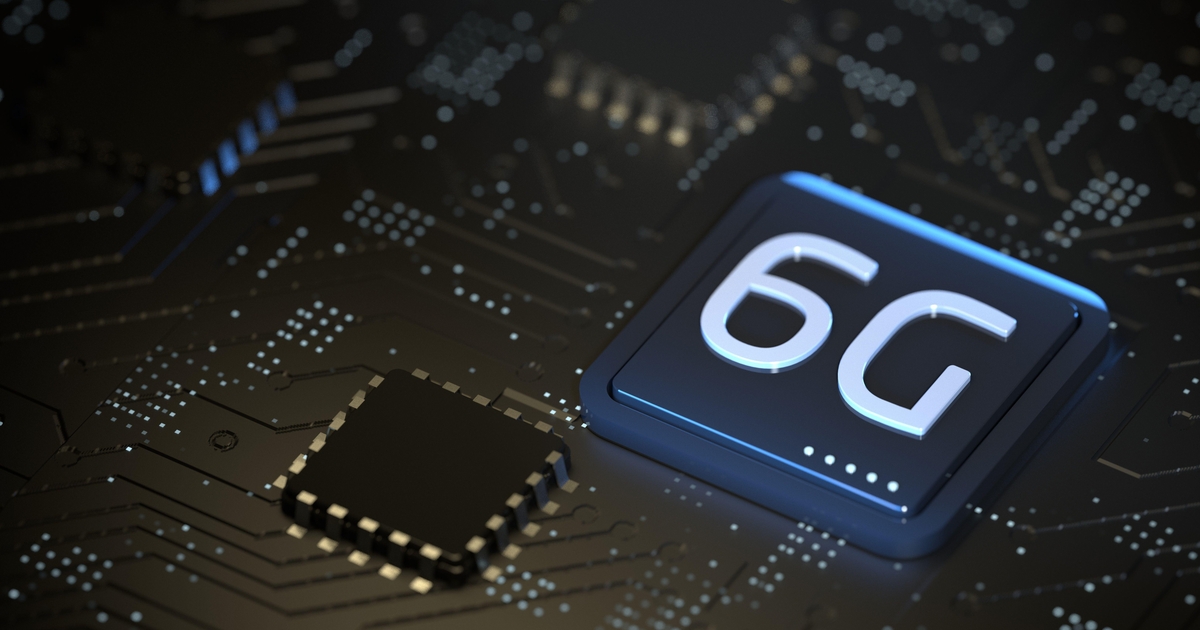Highlights
- Groundbreaking chip combines electronic and light-based components for advanced communication.
- Prototype chip excels in processing high-frequency signals with greater accuracy.
- New microwave photonic filters enhance signal quality in modern communication systems.
A rather groundbreaking development in chip architecture has recently emerged, which is likely to steamroll forward the telecom sector’s ambitions for moving ahead of 5G.
A hybrid of electronic and light-based components has now set the stage for 6G technology while also opening a new horizon for future generations of communication systems, including 7G.
The Next Leap in Communication Technology

Published on November 20 in Nature Communications, this research presents a visionary blueprint for the kind of communication chips that will be integral in advanced radar systems, satellite networks, and next-generation Wi-Fi.
What makes this development particularly noteworthy is the integration of photonic (light-based) components into traditional electronic circuits.
In layman’s terms, this combination will make chips better at handling a wider range of radio signals and more accurate at picking up high-frequency signals.
Building the Prototype: A Milestone Achievement

At the heart of this research lies a functional prototype of a networking semiconductor chip, modest in size at 0.2 by 0.2 inches, yet monumental in its implications.
Crafted from a silicon wafer, this chip integrates ‘chiplets’ – tiny units of electronic and photonic components – in a manner reminiscent of assembling Lego bricks.
Wireless transceivers, which are essential for sending and receiving data, usually use special filters in regular chips to block any unwanted radio signals.
In this new chip design, they’ve added a special kind of filter for light-based signals. The big achievement here is that they’ve managed to combine both light-based and electronic parts, along with these new filters, all on one chip.
This makes the chip good at picking up specific radio frequencies, especially those higher ones that often get crowded, and it helps the chip process information more accurately.
Implications for Future Wireless Technologies

The implications of this research are immense, to say the least.
Ben Eggleton, the leader of the research team from the University of Sydney, pointed out that these new microwave photonic filters are really useful for modern communication and radar systems.
He emphasized that these filters are great at picking out specific frequencies very accurately, which helps reduce unwanted signal noise and makes the quality of the signals much better.
This innovation is particularly pertinent as we move towards higher frequency ranges in wireless technology.
While 5G networks operate across a spectrum of frequencies, the advent of 6G, anticipated to become mainstream by the 2030s, will see operations starting from 7 to 15 GHz, as projected by the Global Systems for Mobile Communications Association (GSMA).
The utilization of photonics is crucial in this context, enabling mobile devices to function efficiently in mmWave bands above 30GHz.
Finally, the prototype chips created from this research are set to provide a much wider range of radio frequencies they can work with.
Adding a microwave photonic filter to these chips is a big deal.
It gets rid of problems in the high-frequency range.
These high frequencies can handle more data at faster speeds, but they usually don’t travel far and get easily disrupted.
The new chips can handle these frequencies better, making them more efficient.
FAQs
What is the significance of the new chip architecture?
The new chip architecture marks a significant advancement by merging electronic and photonic elements.
This integration enhances the chip’s ability to handle a broader spectrum of radio signals and improves accuracy in high-frequency ranges, paving the way for the future of wireless technology, including 6G and 7G.
How does the prototype chip improve data transmission?
The prototype chip, built with a combination of electronic and light-based parts, excels in filtering and processing signals.
It includes special filters that allow it to precisely target and manage high-frequency radio signals, which are crucial for faster data transmission in upcoming wireless technologies.
Why are microwave photonic filters important in this development?
Microwave photonic filters play a key role in this development by enhancing the quality of signals in communication and radar systems.
These filters are adept at selecting specific frequencies with high accuracy, reducing interference and improving the overall signal quality.
How will this technology impact future wireless networks like 6G?
This technology is a game-changer for future wireless networks like 6G, which will operate on higher frequencies.
The chips’ ability to efficiently handle a wider range of frequencies, particularly in the higher spectrum, is essential for the speed and reliability expected from 6G networks.
Also Read: India 6G Technology Updates – Nokia Opens 6G Lab in India
Also Read: Explained – What is the Difference Between 4G, 5G, and 6G Networks?
